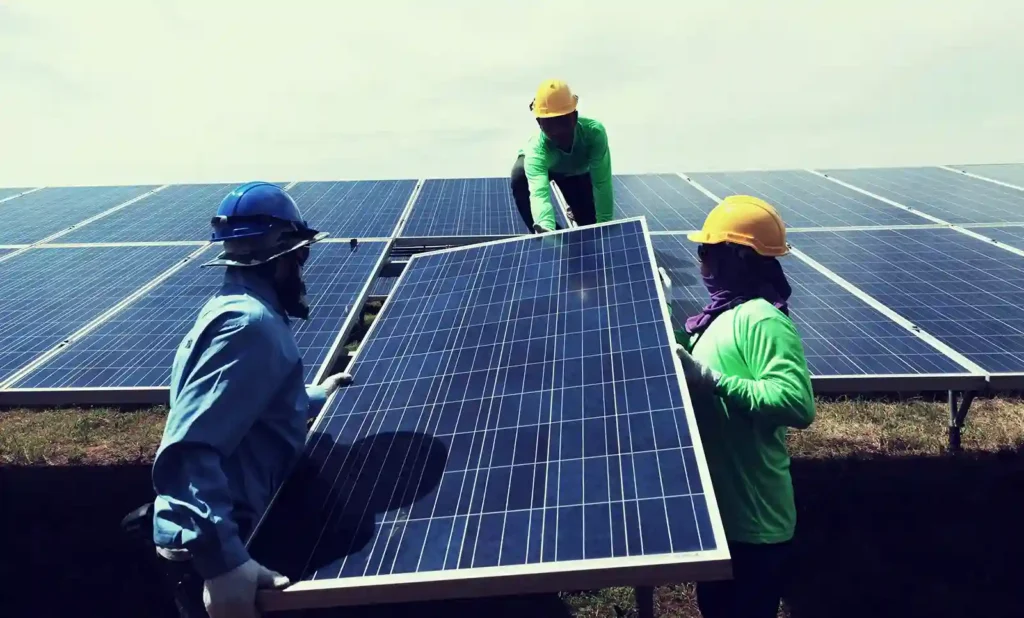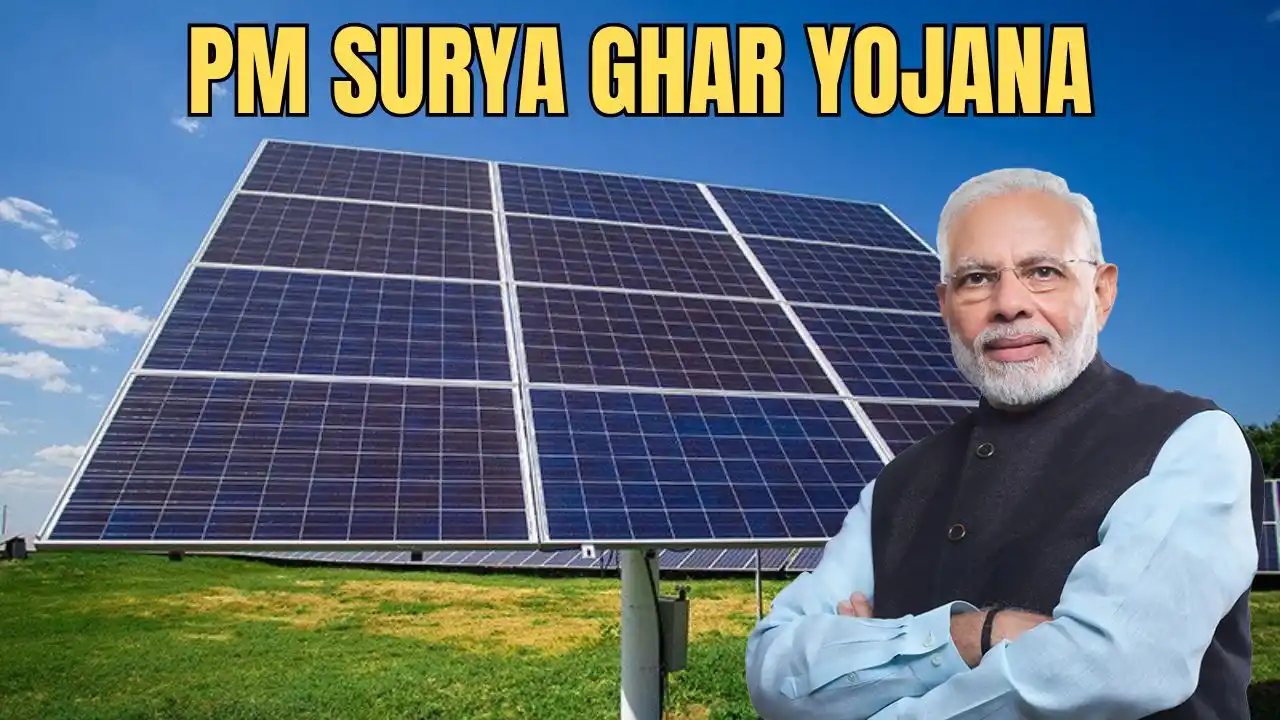India’s renewable energy sector is on the brink of a significant transformation with the launch of the PM Surya Ghar Muft Bijli Yojana (PM-SGMBY). According to a recent report by SBI Capital Markets, this ambitious initiative is set to unlock a ₹1.2 trillion opportunity, fostering rapid growth in the residential rooftop solar segment. By supporting India’s goal of achieving 30 GW of solar capacity, the scheme is expected to drive innovation and accelerate the country’s transition to clean energy.
Key Highlights of PM-SGMBY
- Subsidized Capital Costs: The scheme significantly reduces the payback period for rooftop solar investments by 4-5 years.
- Massive Market Potential: The estimated ₹1.2 trillion opportunity is spread across the solar value chain.
- Stakeholder Benefits: Manufacturers, project developers, and EPC (Engineering, Procurement, and Construction) service providers are set to gain.
- State-Wise Leadership: Gujarat, Maharashtra, Rajasthan, Kerala, and Tamil Nadu account for 70% of India’s rooftop solar capacity.
- Support for Net Metering Policies: States with high residential electricity tariffs and favorable policies will see higher adoption rates.
- Projected Growth: Non-utility solar capacity additions are expected to reach 20 GW annually by FY27.
Financial Boost and Market Expansion

The PM-SGMBY scheme aims to encourage widespread adoption of solar energy by offering substantial subsidies on capital costs. This financial incentive is expected to significantly reduce the upfront cost burden on residential users, making solar energy a viable and attractive option. The scheme’s financial structure also promotes a capital expenditure (capex) model, allowing consumers to own their solar installations while benefiting from government incentives.
The ₹1.2 trillion potential of the scheme is distributed across different components of the solar value chain:
- Solar Modules: ₹480 billion
- Inverters: ₹275 billion
- Electrical Components: ₹200 billion
- Mounting Structures: ₹90 billion
Residential Rooftop Solar
Residential rooftop solar is emerging as a key driver in India’s renewable energy sector. States with high electricity tariffs and strong net metering policies are expected to witness a surge in installations. Additionally, the increasing affordability of solar modules and EPC services is boosting the adoption of non-utility solar installations, including residential, commercial, and industrial (C&I) segments.
With ongoing advancements in solar cell technology, off-grid solutions are becoming more accessible. The annual non-utility solar capacity addition is projected to reach 20 GW by FY27, further reinforcing the impact of PM-SGMBY on India’s clean energy transition.
Leading States in Rooftop Solar Capacity
Currently, five states lead the charge in solar rooftop capacity, collectively accounting for 70% of the total installed capacity:
- Gujarat – 4,822 MW
- Maharashtra – 2,847 MW
- Rajasthan – 1,415 MW
- Kerala – 966 MW
- Tamil Nadu – 876 MW
These states have benefited from strong policy support, industrial growth, and state-specific incentives, making solar adoption more feasible and profitable.
Transforming India’s Green Energy Ecosystem
The expansion of solar energy adoption in India is being driven by several key factors, including industrialization, electricity tariff structures, and favorable net metering policies. The PM Surya Ghar Muft Bijli Yojana is not merely a subsidy-driven initiative it is a strategic move to establish a self-sustaining solar ecosystem.
By promoting residential rooftop solar installations, the scheme seeks to democratize access to green energy, reduce dependence on conventional energy sources, and contribute to a sustainable future. The SBI Capital Markets report highlights that PM-SGMBY is poised to stimulate investment and innovation in India’s renewable energy sector, reinforcing the country’s long-term vision of energy security and sustainability.
Source: egov.eletsonline.com

